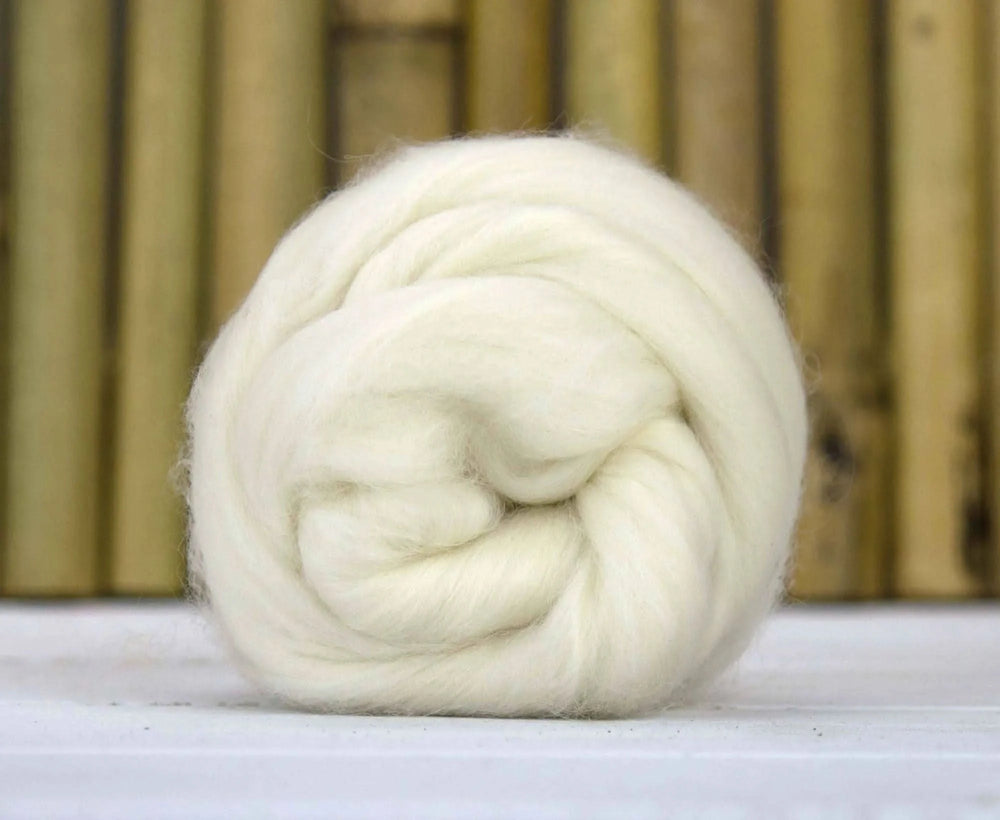The Exciting Process Behind Producing cashmere Fibre and Its Benefits
The Exciting Process Behind Producing cashmere Fibre and Its Benefits
Blog Article
Factors You Should Need Cashmere an All-natural Fiber for Convenience and Sophistication in Everyday Wear
In the realm of fabrics, few fibers equal the luxury and comfort of cashmere. Just how can one best utilize cashmere to elevate their design? These fascinating questions lay the foundation for an informing expedition into the globe of cashmere. cashmere fibre.
Comprehending the Lavish Nature of Cashmere

Reviewing the Comfort Aspect of Cashmere Attire
Cashmere's distinct fiber framework permits for breathability, regulating temperature level and avoiding getting too hot. Cashmere's hypoallergenic residential or commercial properties also contribute to its convenience, making it an ideal selection for delicate skin. In significance, the convenience of cashmere is derived from its gentleness, breathability, resilience, hypoallergenic nature, and adaptability.

The Ecological Influence and Sustainability of Cashmere
While the comfort and beauty of cashmere are unquestionably attractive, it's equally crucial to consider its relationship with the setting. Cashmere manufacturing, mainly in Mongolia and China, involves raising cashmere goats, which can considerably stress delicate meadow communities due to overgrazing. Efforts are being made to develop lasting cashmere manufacturing techniques, such as rotational grazing and cleaner processing methods.
Comparing Cashmere to Synthetic Fibers: A Cost-Benefit Analysis
Regardless of its ecological obstacles, cashmere presents an one-of-a-kind set of advantages over artificial fibers. On the expense side, cashmere is unquestionably a lot more costly due to its labor-intensive production procedure. Yet, the advantages make it worth the financial investment. Cashmere's natural fibers use unmatched gentleness and heat, translating into convenience that synthetic fibers have a hard time to match. Furthermore, cashmere items are highly resilient, promising longevity that offsets preliminary expenses gradually. Unlike synthetic fibers, cashmere doesn't add to microplastic air pollution, making it an extra sustainable selection. On the other hand, synthetic fibers, while cheaper upfront, supply less comfort, have much shorter life-spans and posture environmental issues. Therefore, when assessing cost-benefit, cashmere's superior qualities make it a worthwhile investment for have a peek here daily wear.
Designing Tips With Cashmere for Everyday Sophistication
Having considered the cost-benefit evaluation of cashmere contrasted to artificial fibers, it comes to be clear why this extravagant material is a preferred selection for numerous. When styling cashmere for day-to-day elegance, simpleness is key. Eventually, the fundamental style of cashmere makes it a versatile enhancement to any wardrobe, easily boosting daily clothing with a touch of luxury.

Verdict
In summary, the exceptional properties of cashmere make it a useful enhancement to any wardrobe. Its glamorous feeling, breathability, convenience, and adaptability to differing temperatures are exceptional. On top of that, cashmere's sustainability and reduced ecological effect compared to artificial fibers better improve its charm. The timeless elegance of cashmere, incorporated with its adaptability, adds sophistication to everyday wear. Investing in cashmere garments is a worthwhile choice for convenience, sustainability, and design.

Report this page